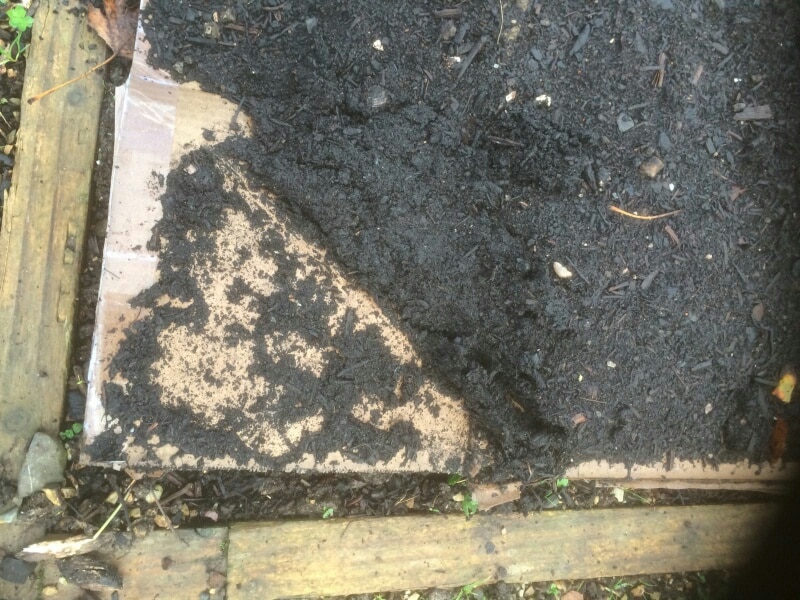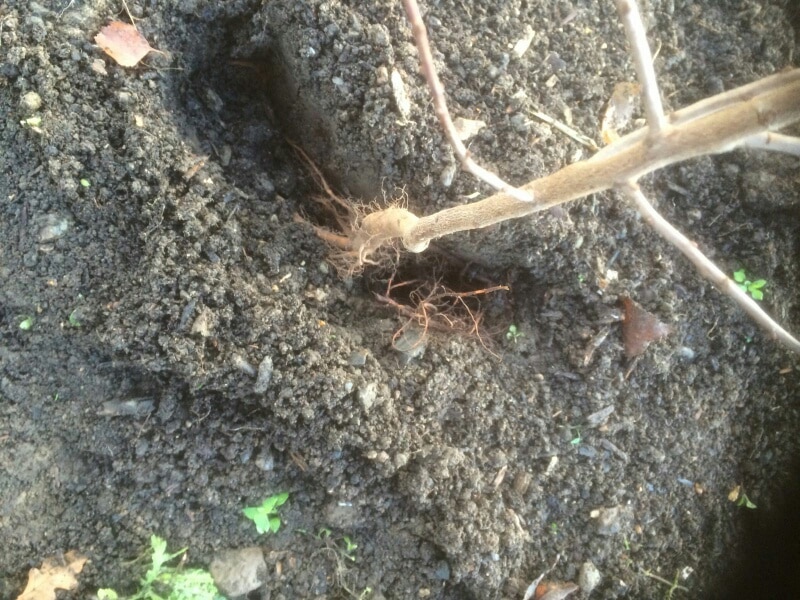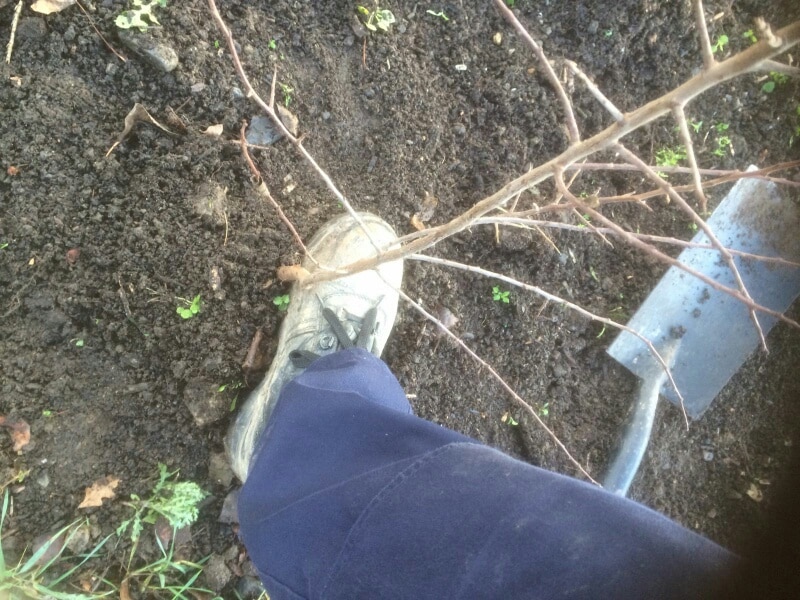Sharon our horticulturist and community garden leader has some great tips to nourish and protect your garden and crops this winter.

WINTER VEGETABLES TO PLANT
It’s almost…but not quite too late to plant some winter vegetables. Garlic, onions and broad beans are Sharon’s recommendations!
When planting garlic she suggests that you get cloves from a seed supplier or a local nursery vs those from a supermarket which may not be suitable for your area or disease resistant! Mr Middleton’s Garden Shop for example.
She also suggests breaking cloves apart from the bulb a few days before planting, but to keep the papery husk on each individual clove. When planting place the cloves 4 inches apart and 2 inches deep, in their upright position (the wide root side facing down and pointed end facing up). In the spring, as warmer temperatures come, shoots will emerge through the ground.
Broad beans have an incredible capacity to withstand winter weather. Space the seeds about 15-20cm (6-8in) apart in a zigzag fashion, covering them back over with 5cm (2in) of soil.
PROTECT SOIL FOR BETTER RESULTS NEXT SPRING
If the ground is bare the rain and extreme temperature fluctuations will weather the surface, degrading the composition of the soil.
Sharon recommends covering the soil with a thin cardboard/newspaper layer then adding a layer of compost/mulch to both protect and nourish the soil over winter and into early spring. This will also keep the soil at a more even temperature.
PRUNING SHURBS CAN BE A MISTAKE
Pruning encourages new growth, which is tender and highly suseptible to freezing temperatures. Wait to prune shrubs until spring, when all danger of frost has passed. At that point you can remove any winter killed branches.
In future years, aim to get pruning done by late August, so plants have time to harden off before freezes arrive.
WHEN IT FREEZES!
Frozen grass is more prone to breaking as you walk on it, which can damage individual grass crowns.
Ensure bird baths are unfrozen and that feeders are filled.
BARE ROOT HEDGING
SOIL PREP: Prepare the ground by digging over a strip 60-90cm (2-3ft) wide and one spade deep.
PLANTING: Ideally position boundary hedges so they are set back a little way (e.g. 90cm/3ft) from the boundary line. Within the row planting distances vary from 30-60cm (1-2ft), depending on the plants’ final size. For hedges thicker than 90cm (3ft), plant a staggered double row 45cm (18in) apart, with plants 90cm (3ft) apart. Trim back damaged roots to healthy growth and mulch to a depth of 7.5cm (3in) after planting to prevent weeds.
AFTERCARE: Ensure plants are well-watered during dry spells for the next two years and keep the hedge 45cm (18in) on each side weed-free.






